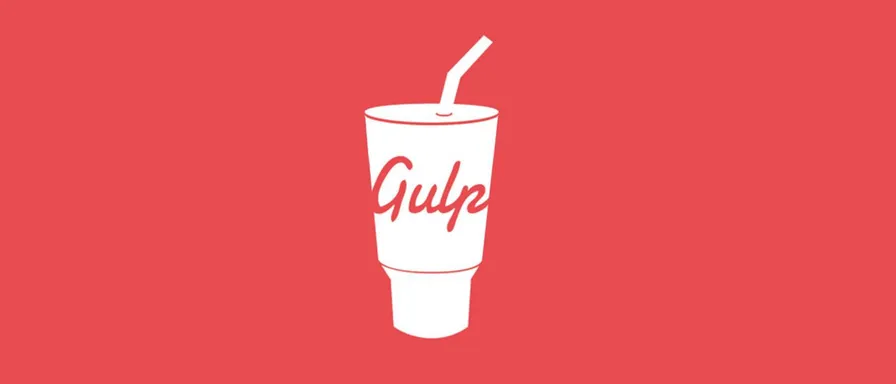- Guides
How To Install Gulp On Windows 11

Installing Gulp for the first time can be tricky. This tutorial will guide you through every step of the installation. The steps below are for installing Gulp on a Windows 11 PC. If you run into any issues, feel free to describe the problem in the comments section at the bottom of the page.
Install NPM (Node.js)
- Download the 64-bit version of Node.js (which includes NPM).
- Install it anywhere you like. By default, it installs to:
C:\Program Files\nodejs - On your computer, go to:
Control Panel → System → Advanced system settings → Environment Variables - Select the
PATHvariable and choose to edit it. - If the
PATHvariable is empty, set it to (replace{YOUR USERNAME HERE}with your Windows username):
IfC:\Users\{YOUR USERNAME HERE}\AppData\Roaming\npm;C:\Program Files\nodejsC:\Users\{YOUR USERNAME HERE}\AppData\Roaming\npmis already present, just append:;C:\Program Files\nodejs - Open File Explorer and navigate to:
C:\Users\{YOUR USERNAME HERE}\AppData\RoamingIf thenpmfolder doesn’t exist, create it manually by right-clicking and selecting New Folder, then name itnpm. - Restart your command line, or open one by searching for cmd. To check if NPM is installed, run:
You should see a version number if everything is working correctly.npm -v
Create yourgulpfile.js
A JavaScript file is required to run Gulp tasks. Create a file named gulpfile.js in the folder where you want to use Gulp and add the following:
// Require Gulp into the file and define the variable
var gulp = require('gulp');
// Run the example task. If installed correctly and "gulp talktome" is run,
// "Hello From Zestcode" should be printed in the logs
gulp.task('talktome', function() {
console.log('Hello From Zestcode');
});Install Gulp
To install Gulp:
-
Open the terminal in the directory where you created
gulpfile.js. -
Run:
npm i gulp --save-dev -
Once installed, run:
gulp talktome
You should see:
Hello From ZestcodeIf you do, congratulations, you’ve successfully installed NPM and Gulp.
Finding & Installing Custom Packages
Now that Gulp is running in your folder, you can begin installing custom packages for task automation. Popular tasks include:
- Sass compilation
- JS minification
- FTP uploads
- Image compression
- Copying assets
- Error checking
You can explore available NPM packages at npmjs.com.
Partner with Zestcode for Unrivalled Quality and Reliability
From 10+ Google Reviews